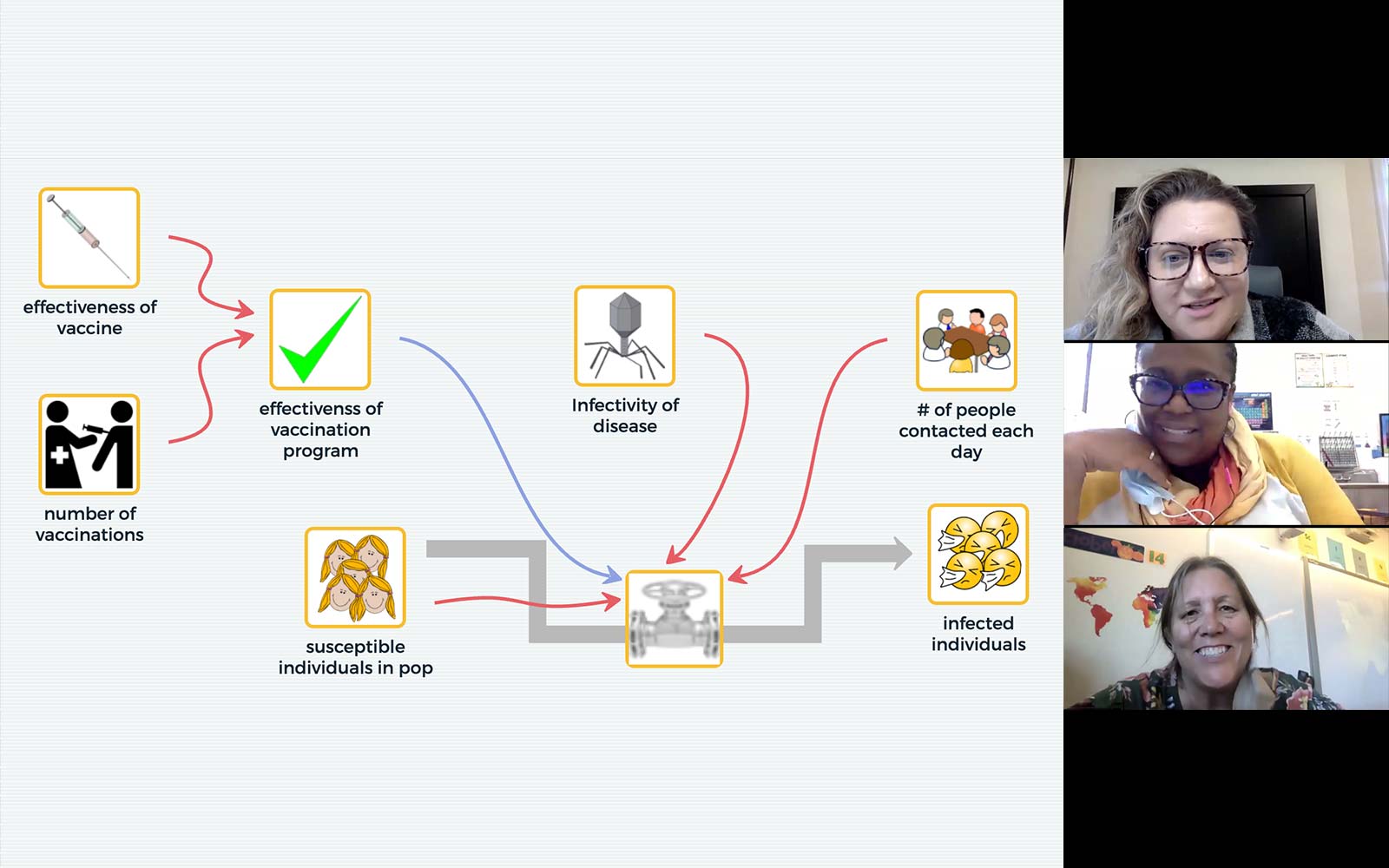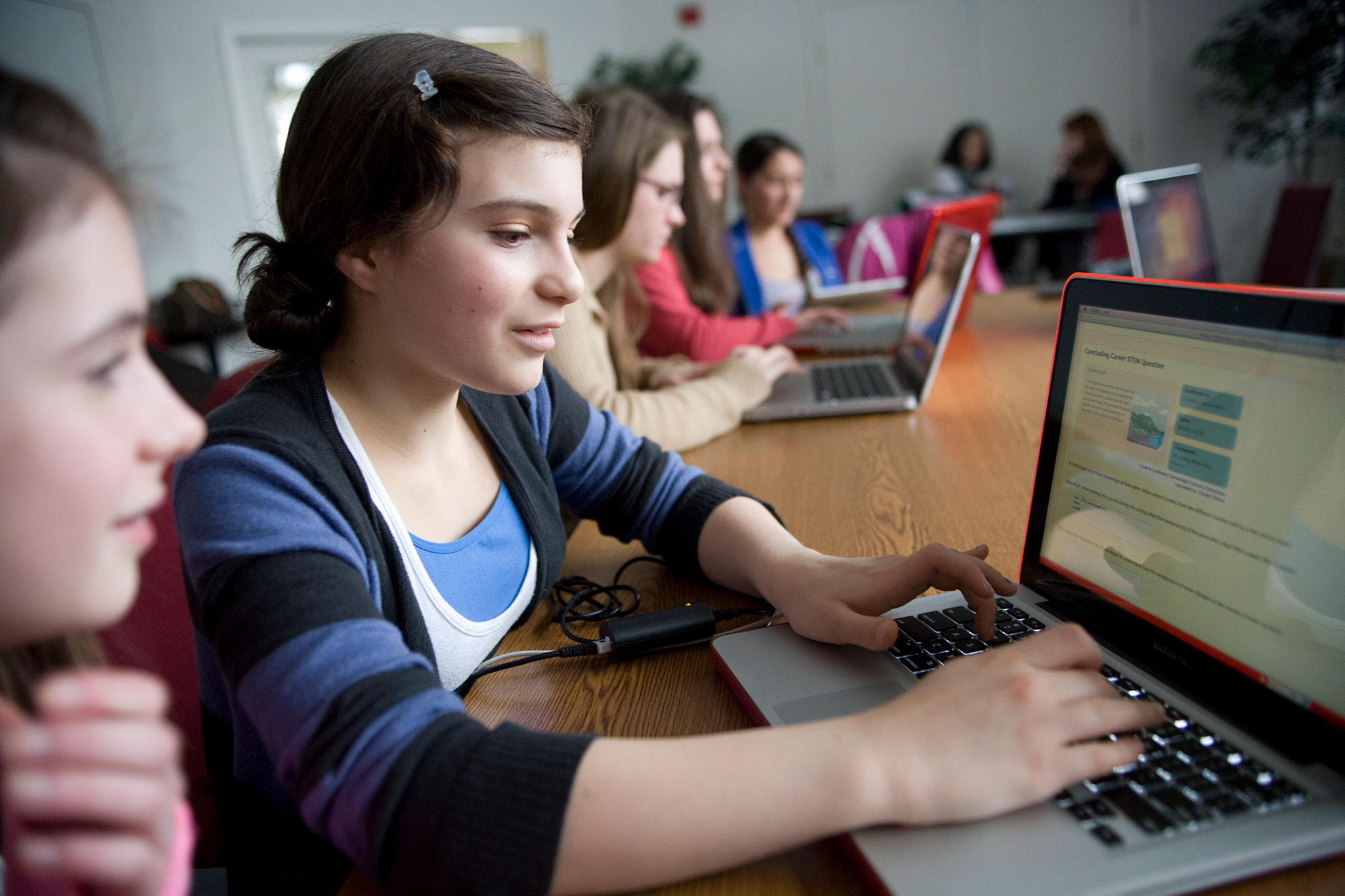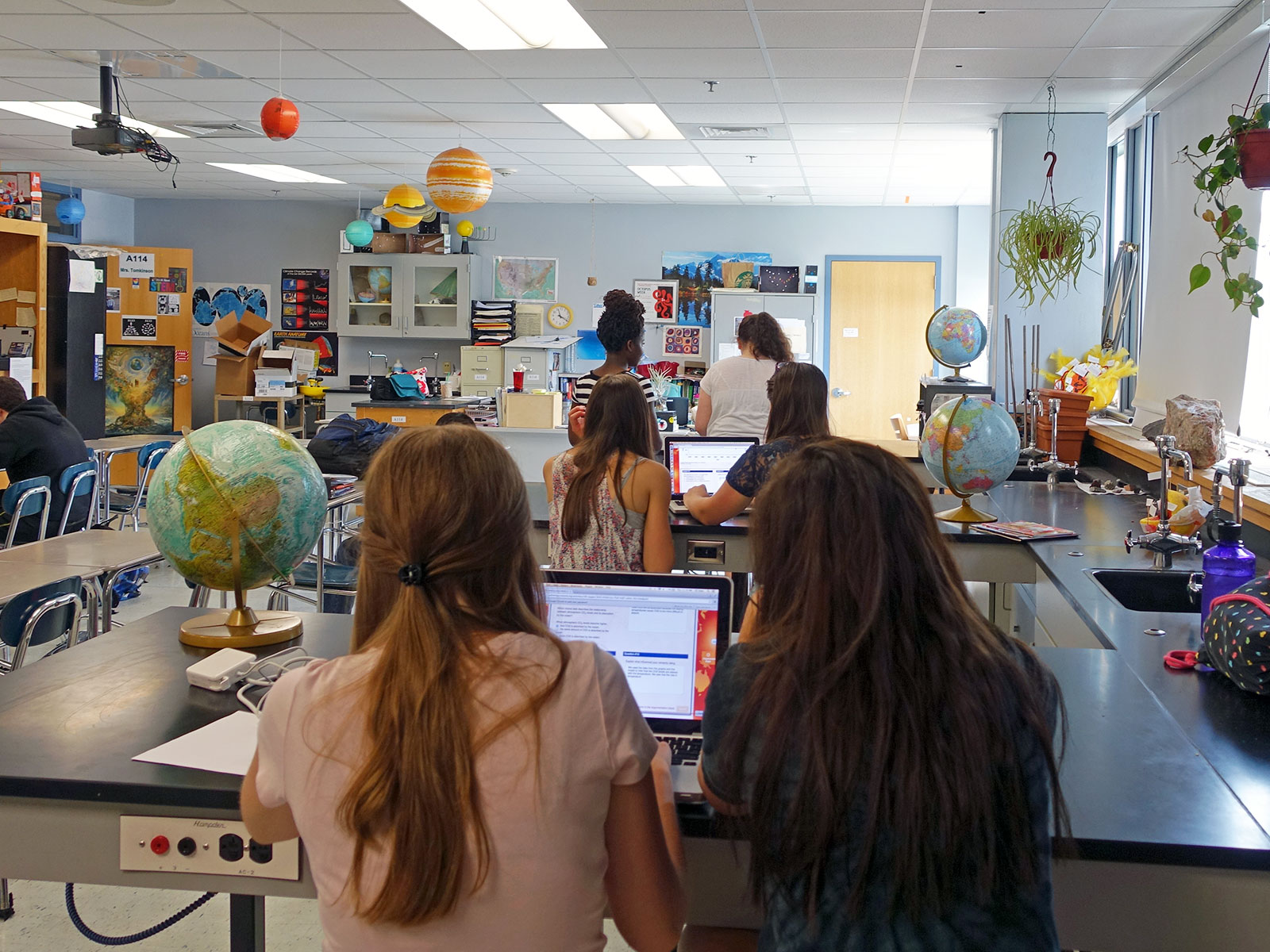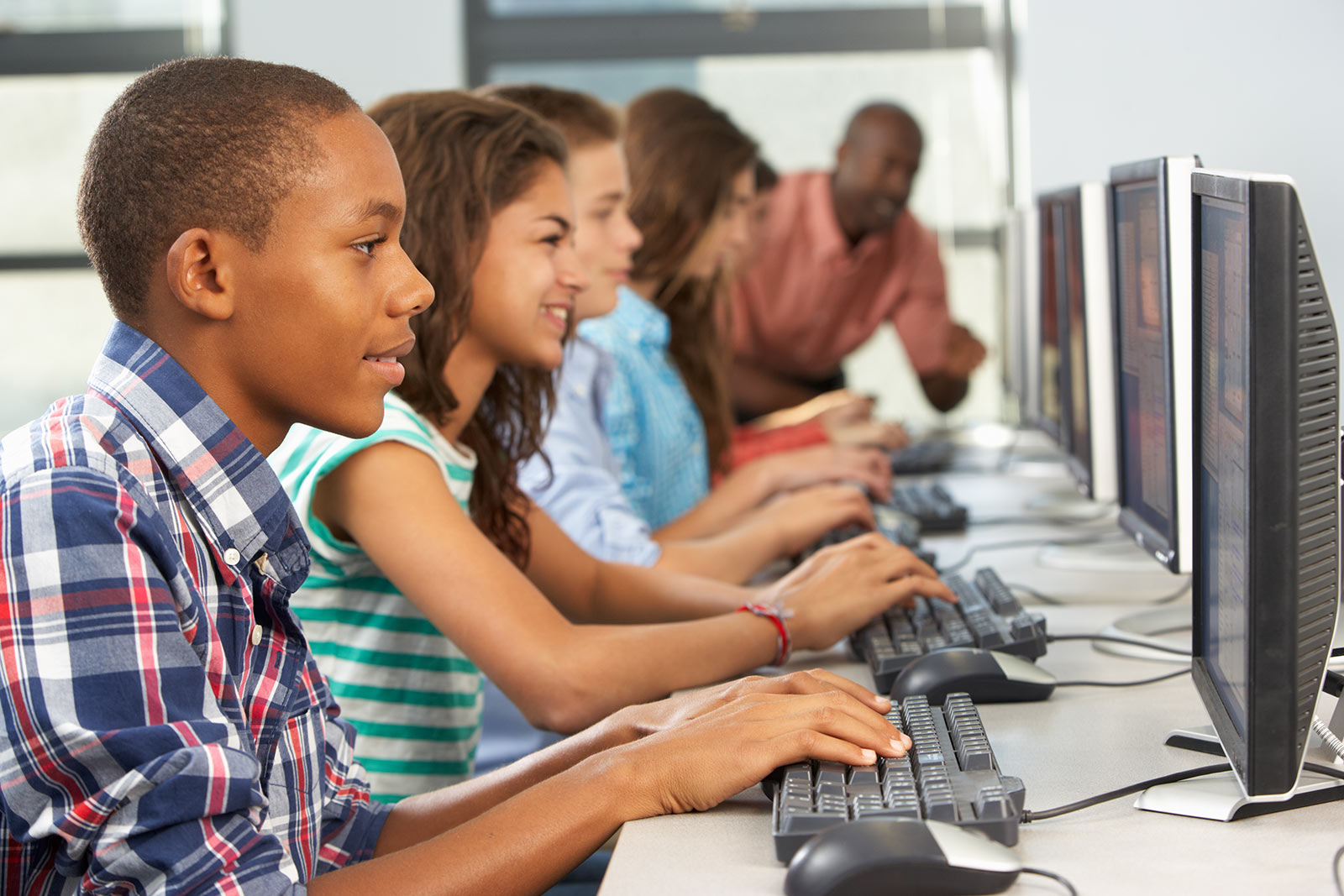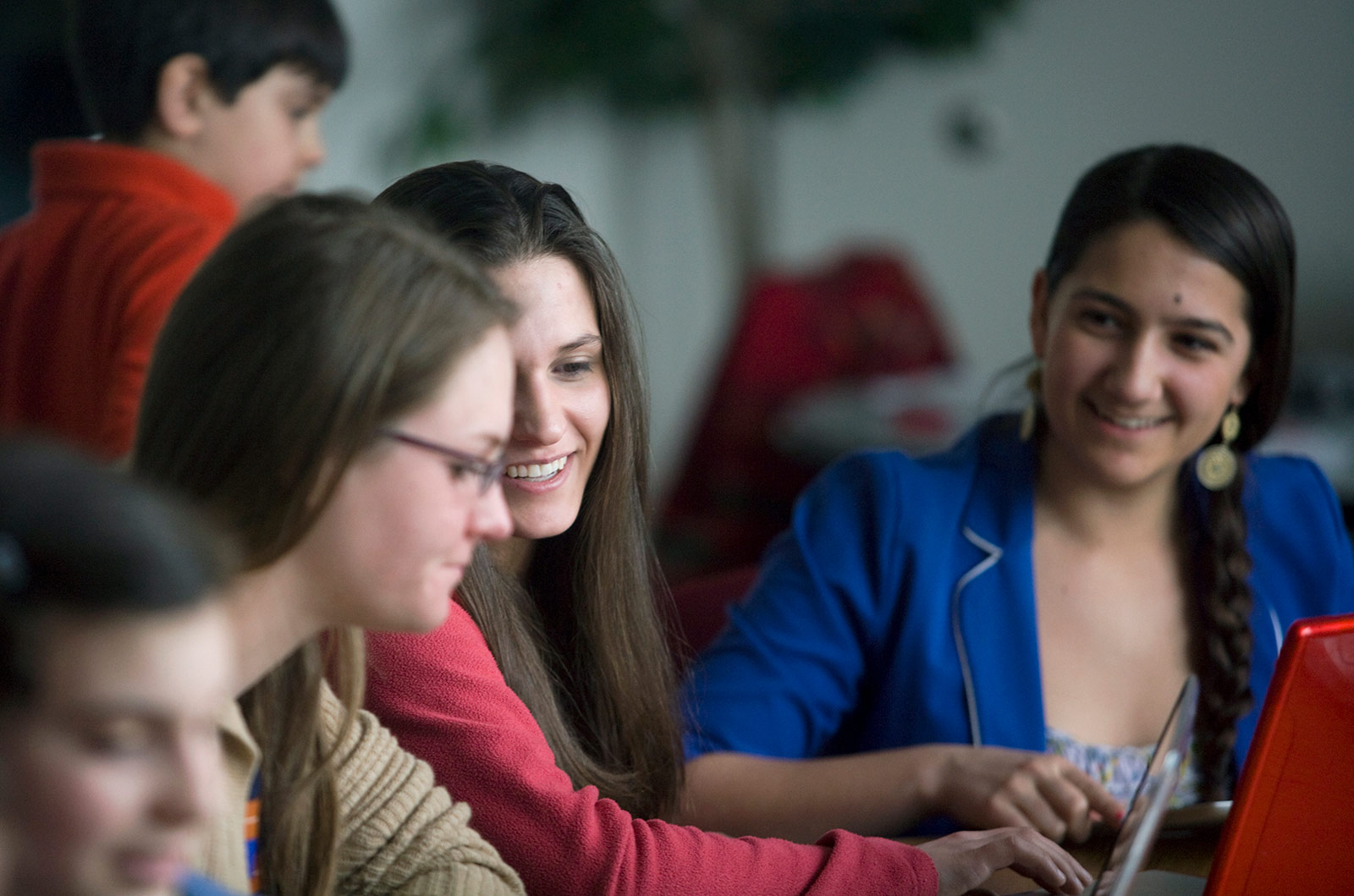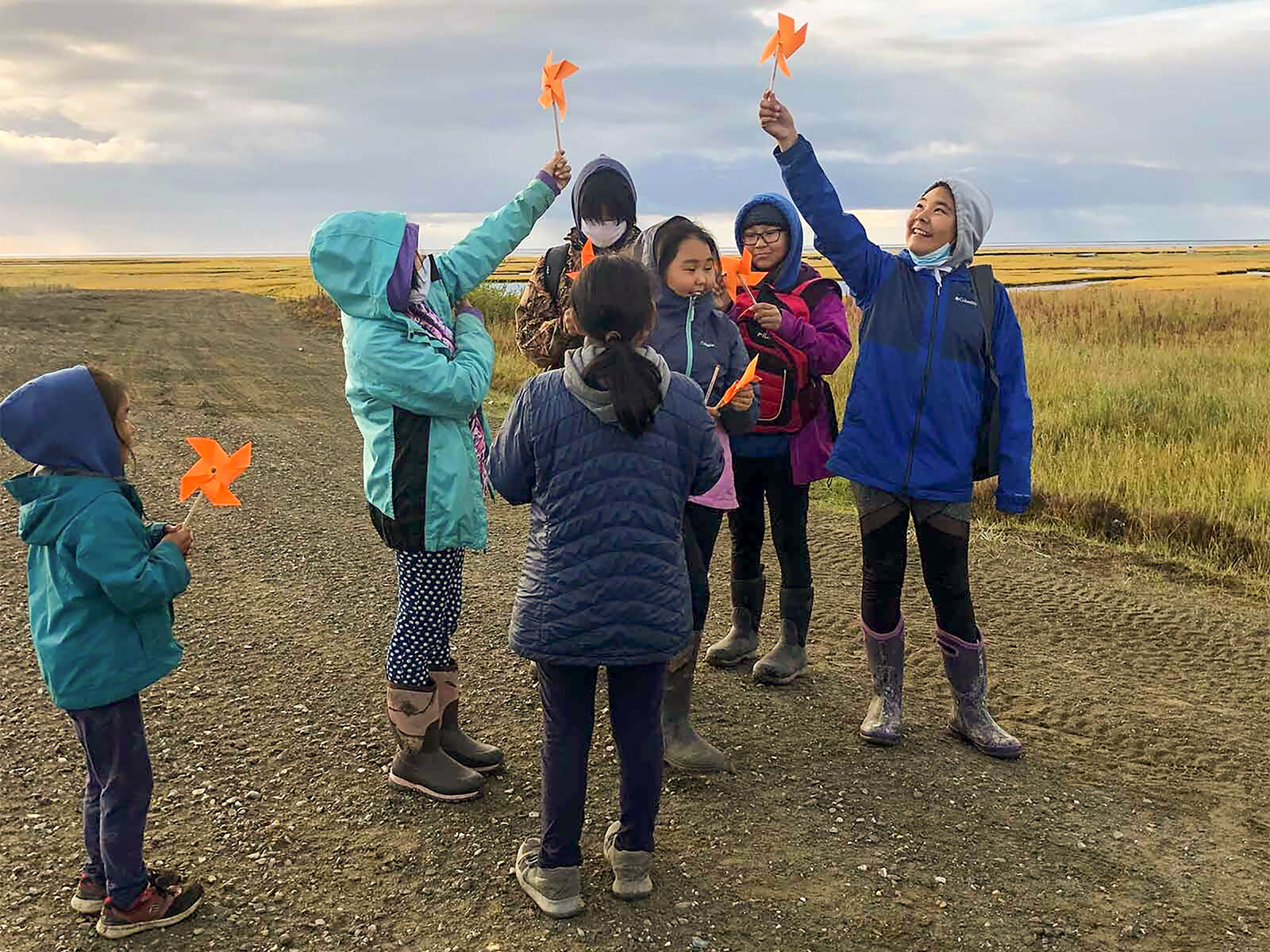Transitioning to Remote Science Teaching & Learning
Importance
The ability to apply systems thinking and computational thinking is critical for students to address everything from climate change to the global pandemic. Modeling is key to how scientists explain complex phenomena and how scientific and engineering problems are explored. A Framework for K-12 Science Education and the Next Generation Science Standards (NGSS) recognize the importance of systems and system models as one of the key crosscutting concepts, and developing and using models and using computational thinking as two of the key science and engineering practices. These skills are important for an educated STEM workforce and the general public to understand responses to the pandemic, and to solve other pressing global and local problems.
Since the release of the NGSS, the educational community has made progress developing pedagogical approaches and materials to help students learn science through the integration of three dimensions of scientific knowledge: disciplinary core ideas, science and engineering practices, and crosscutting concepts. Although this 3D approach to supporting learners in making sense of phenomena or solving problems is challenging, many teachers have engaged learners in more student-centered experimentation, collaborative use of modeling tools, and a greater focus on project-based learning.
The sudden move to remote learning threatens these advances. Teachers no longer have access to a physical lab space to engage students in exploration of phenomena. Many educational tools were not designed to facilitate peer interactions in a remote learning context or to engage students in making sense of phenomena using 3D learning.
We have collaborated with the CREATE for STEM Institute at Michigan State University to support teachers in using a novel, free, web-based system modeling tool called SageModeler. Our new “Making the Transition” project will build on this work and develop a principled approach for remote professional learning around 3D teaching. We will study what works for engaging teachers in the complexities of teaching remotely with open-ended modeling tools to support student growth in modeling, systems thinking, and computational thinking.
Research
Research on teacher practice and student learning is guided by the following questions:
- How do we support teachers in developing effective pedagogical strategies to engage students in making sense of phenomena through building, testing, and revising models in a remote learning context?
- What strategies and design principles could be applied more broadly for incorporating open-ended modeling tools in remote learning environments?
- To what extent do students demonstrate knowledge of disciplinary core ideas, the crosscutting concept of systems, and the use of the science practices of modeling and computational thinking?
